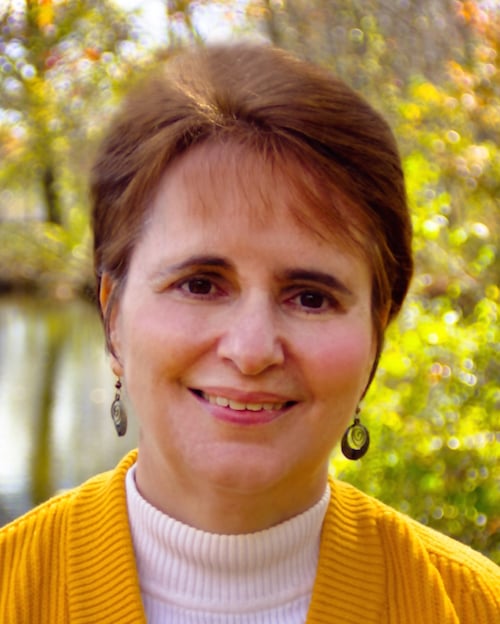It’s here. The Christmas season. How does this make you feel?
Is it excitement as in days of old when you were a child?
Or, is it long to-do lists that never end? Shopping till we drop? Noise and chaos and endless obligations that make us tired and cranky while all the while we are told to be “merry?”
Is it dread, trying to stretch limited financial resources to fulfill gift obligations? Is it regret, frustration and guilt that we cannot buy what we wish for our loved ones?
Is it loneliness? Are we missing someone, loved ones who have died or moved away? Do we feel empty, sad or bitter?
The Christmas season evokes powerful memories and emotions, magnifying every joy as well as all the hurt, disappointment and loss we have experienced in our lives. Our reaction to any unattended and festering wounds will be visited upon everyone around us, especially those we love.
Tucked away in the midst of all this is a liturgical season often overlooked: Advent. It is the antithesis of a chaotic, noisy commercial Christmas, a soothing and sanguine contrast to a season clouded by wounds and losses. Advent does not look mournfully to the past; it draws our attention to a hopeful future while being firmly rooted in the here and now.
Advent features the key players of our faith: Mary, Joseph and of course, Jesus Christ. It features some of the most moving and poetic passages from the Bible--prophesies of old heralding the coming of the Messiah as the shoot of Jesse, filled with the Spirit of wisdom and understanding, counsel and of strength, knowledge and fear of the Lord (from Isaiah 11).
It documents the greatest act of obedience in history when a young virgin accepts the invitation from God to bear his Son. That obedience is not an onerous “do not” but a joyful “I do!” as evidenced by Mary’s rushing to the side of her kinswoman Elizabeth (thought barren yet pregnant) and spontaneously praising God with her and the babes in their wombs in the exquisite prayer of the Magnificat.
It illustrates sublime acts of trust, surrender, generosity and courage in Joseph who fully embraces the responsibility of taking Mary to be his wife despite the fact that she is carrying a child not his own. Going against the grain of longstanding tradition and enduring the naysayers, he knows there is a bigger picture to consider: Mary’s child is God’s Son. And he makes room for them.
So how does all of this help to sooth frazzled nerves, heal the wounds of Christmases past and fill empty and grieving hearts?
I can’t say how specifically. I only know that each year as I focus on Advent and turn away from a commercial Christmas, I have felt that soothing, that healing. My empty heart is filled.
I still grieve for loved ones. I still struggle with squeezing out the last dollar. I still battle with a heart that is small (although it is growing). I only know that the other day when I went to the Christmas Tree Shop to finish off a gift basket for church, I felt serene, even enjoying the experience. To me, the Christmas Tree Shop is the quintessential representation of a frazzled, noisy, chaotic commercial Christmas. And yet I felt deep contentment.
It’s the fruit of Advents past, reflecting on the readings, listening to the music, and looking to Mary and Joseph as the examples. Philippians 4:8 sums it up perfectly: “Finally, brothers and sisters, whatever is true, whatever is noble, whatever is right, whatever is pure, whatever is lovely, whatever is admirable--if anything is excellent or praiseworthy--think about such things.” (NIV)
Immersion into the refuge of Advent has healed my Christmas.
Copyright 2015 Susan Bailey.
About the Author

Susan Bailey
Susan Bailey is the author of River of Grace: Creative Passages Through Difficult Times (Ave Maria Press), and Louisa May Alcott: Illuminated by The Message (ACTA Publications), part of their Literary Portals to Prayer series. Along with her blogs Be as One and Louisa May Alcott is My Passion, Susan writes for the Diocese of Worcester newspaper, The Catholic Free Press.



.png?width=1806&height=731&name=CatholicMom_hcfm_logo1_pos_871c_2728c%20(002).png)
Comments